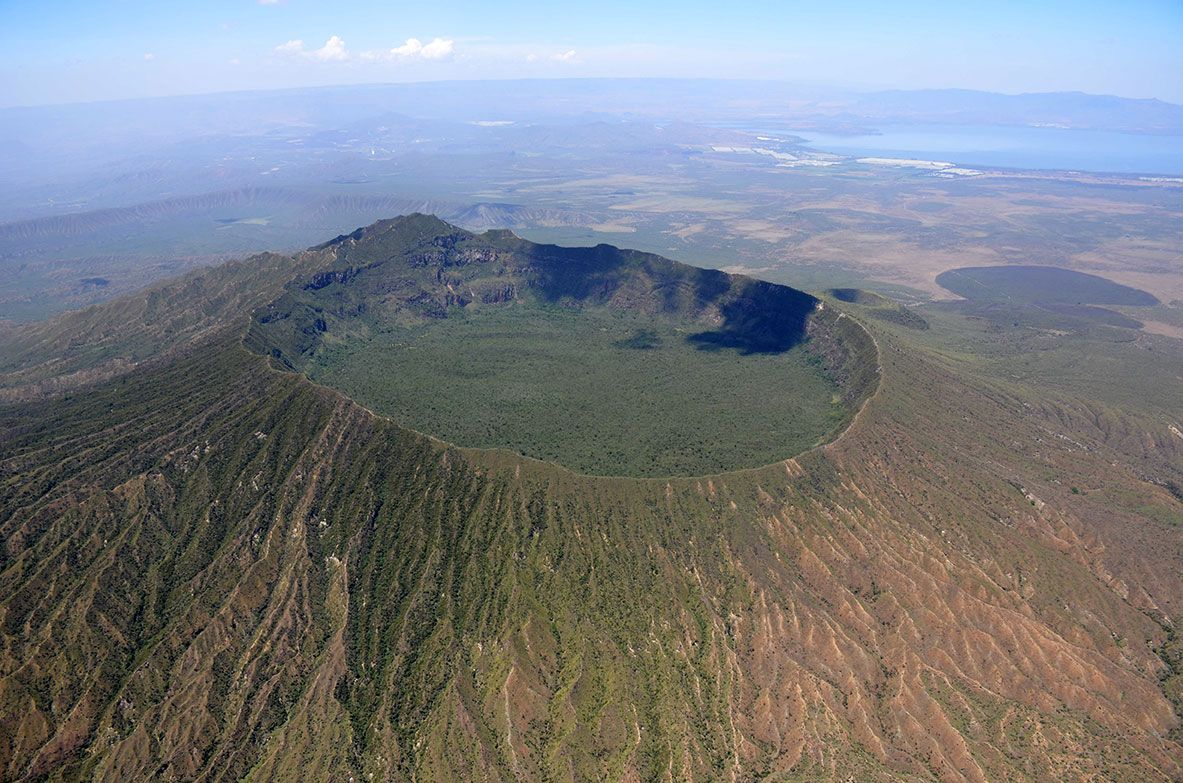My friend Niki Yotov has been exploring, flying, and guiding in Kenya and Ethiopia for the last 8 winters. A true pioneer of the region, he’s discovered most of the known takeoffs and mapped the local convergence lines and XC routes. This year I’m joining him, and you are welcome, too. In Kenya or Ethiopia, let’s go back to Niki’s finest selection of flying sites, and keep exploring for more.
Kenya – 13-24 Jan 2020
Ethiopia – 3-14 Feb 2020
What you can expect from us:
– Weather briefing, daily flying site and XC route suggestion. The actual decision is made by the whole group.
– In flight guiding. Help with take off and first thermals, if needed. Visualizing the conditions. Flying and advising along the suggested route and adaptations, if needed. Observing and warning of significant change of conditions. Advising about landing options and easier retrieve.
– My specialty: helping you fly more efficiently – through advice in the air and on the ground.
– Organizing the transport (a 4×4 or minibus with a driver). Mind that in countries with limited roads and live tracking, like Kenya and Ethiopia, the guided pilots should assist the retrieves (hiking or catching a motorbike to the main roads, giving directions to the driver; avoiding sensitive areas like military bases or damaging crops on landing).
– Organizing the accommodation (hotels, motels, camping). Mind that there is no consistent quality available along the route. Some places require flexibility and tolerance as it’s difficult to plan many days ahead which is the next best flying area for the forecasted weather conditions.
– Organizing the food, park visits and cultural interactions.
General info on both countries:
– Vaccines are not obligatory for both countries if you come from not risky countries like Europe.
– You can buy locally preventive maliaria pills for Kenya or just use mosquito repelent in risky areas.
– No malaria in Ethiopia highlands.
– No helicopter rescue in Ethiopia.
– Helicopter available in Kenya (but good insurance is needed).
– Hospitals in big cities are OK.
– Bring quickpack bag for your wing to pack before the curious mob comes.
– Dog pepper spray might be good protection in case of landing close to wild animals or sleeping outside.
– Livetrack24 works well in both countries. Sufficient GSM coverage.
– Whatsup messaging within the group.
– In both countries conditions can be strong but not extreme. Average climbs of 3-4-5 m/s and 4-5000 m cloudbases (flatland terrain is 1600-2500 m asl). Cliff take offs and terrace landings in some places.
– A lot of vegetation and fences in Kenya, so more tricky for landing.
– Climate is very comfortable. At cloudbase temperatures are about 5 C, at night 10-15 C, during midday it can be 25-30 C.
More on Kenya, click HERE
More on Ethiopia, click HERE
